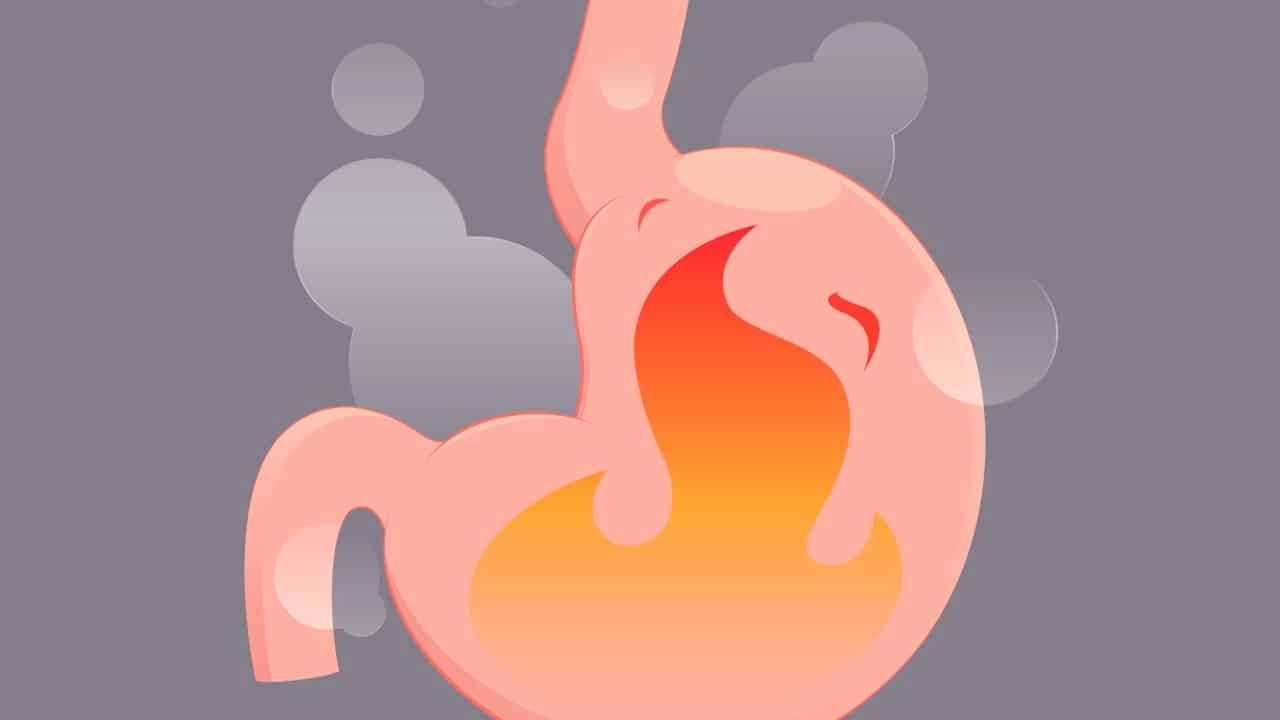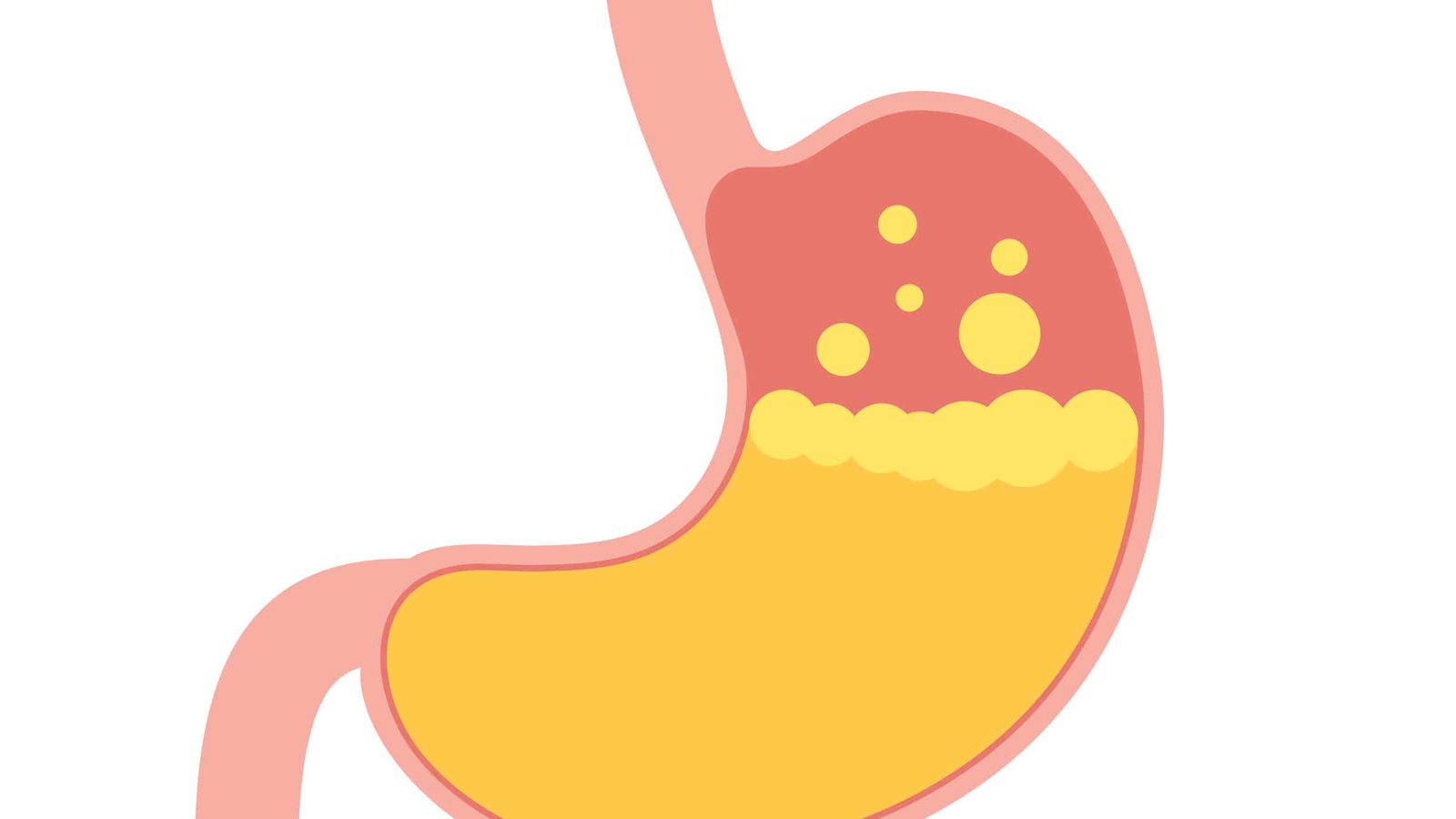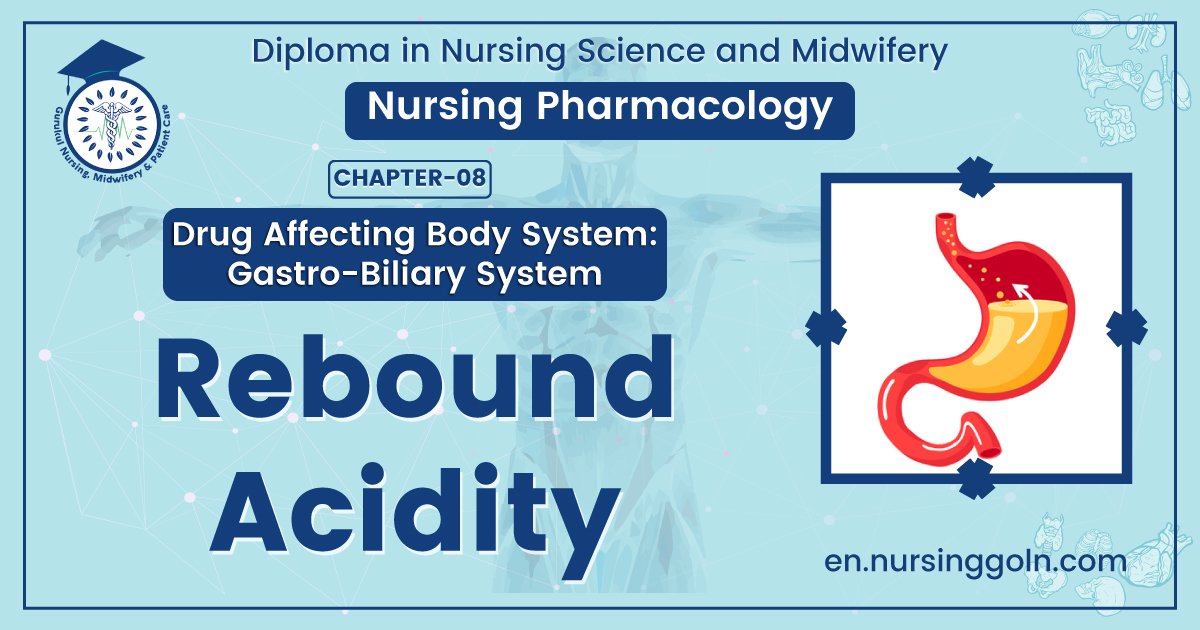Rebound Acidity – This book covers the entire syllabus of “Pharmacology” prescribed by BNMC- for diploma in nursing science & midwifery students. We tried to accommodate the latest information and topics. This book is an examination setup according to the teachers’ lectures and examination questions.
At the end of the book, previous questions are given. We hope in touch with the book students’ knowledge will be upgraded and flourish. The unique way of presentation may make your reading of the book a pleasurable experience.
Rebound Acidity
Rebound Acidity
➤ Rebound acidity may be defined as continued hyper-secretion of HCI after the intragastric PH has recovered to normal consequent to antacid ingestion.
➤ Antacids producing rebound acidity are: CaCO3, Mg(OH)2, NaHCO3

Mechanism of rebound acidity
A non-PH related effect of the produce salts (MgC12, AICI3, CaC12) to stimulate gastrin secretion hence production of acid.
Antacid
↓
Alkalisation of gastric contents (elevation of intra-gastric PH)
↓
Increase secretion of gastrin0Ahad
↓
Compensatory secretion of acid and pepsin
↓
Rebound acidity develops.
Milk-alkali syndrome
Those antacids contain calcium may cause rebound acid hyper-secretion and, with prolong use. hyper-calcaemia and alkalosis which may rarely be associated with renal failure is known as hypercalcaemic syndrome or milk- alkali syndrome.
It is characterized by –
a. Headache
b. Weakness
c. Anorexia
d. Nausea
e. Vomiting
f. Abdominal pain
g. Constipation
h. Thirst
i. Polyuria
j. Renal damage
Non-systemic antacids are so called, as they are water insoluble, generally unabsorbable and do not produce systemic alkalosis
Al(OH)3
a. Al(OH)3 neutralises gastric HCI.
b. Al(OH)3 + HCI + AICI3 + H2O
c. It adsorbs pepsin and inactivates it.
d. It has demulcent effect.
e. It has some astringent property
MG-Trisilicate
a. Mg trisilicate neutralises gastric HCL
b. SiO2: has demulcent effect.
c. It has adsorptive property.

Rationale of antacid mixture:
a. Constipating and laxative compound can connected the adverse effect of each other: e.g. Al(OH)3 (constipating agent) + Mg(OH)2 (laxative agent)
b. A fast acting compound with slow acting ingredient to increase total buffering time: e.g. NaHCO3 (fast acting) + Mg(OH)2/MgCO3 (slow actin-u)
c. Patient’s compliance can be improved by combining agent rather than by multiple separate preparation.
d. The daily dose of single entry can be decreased to reduce risk if toxicity.
The agents or drugs those cause peptic ulceration are called ulcer genic agents or stomachic.

Classification of ulcerogenic agents
A. Cholinergic drugs:
a. Acetylcholine
b. Pilocarpine
B. Hormones:
a. Gastrin
b. Pentagastrin
C. Chemical stimulants:
a. NSAID: aspirin, indomethacin
b. Insulin, steroid, alcohol
D. Caffeine, tobacco, Quinine
a. Histamine. Reserpine, etc.
E. Drugs reflexly acting:
a. Diluted mineral acids
b. Nux vomica
c. Strychnine
Read more:
